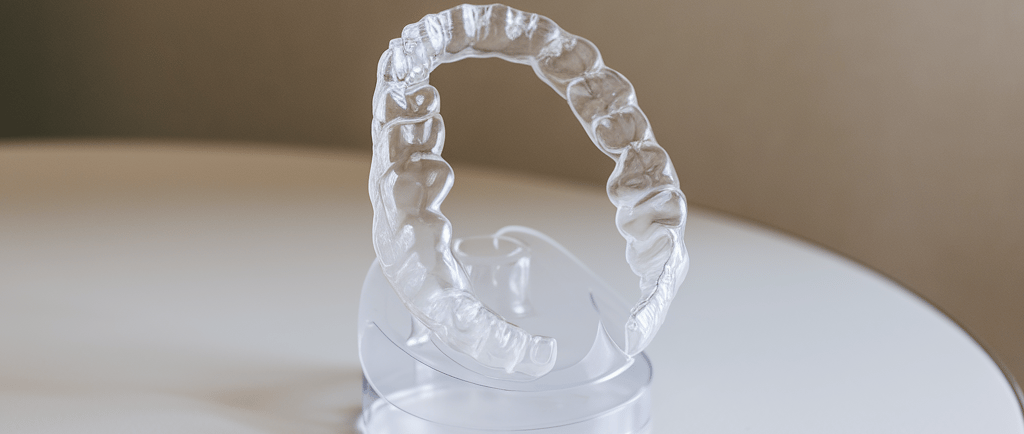The Role of Clear Aligners in Treating Class II and Class III Malocclusions
Malocclusion, the misalignment of teeth, is a common dental issue that can impact both function and aesthetics. Among the various types of malocclusions, Class II and Class III are particularly prevalent, presenting unique challenges for orthodontic treatment. In this article, we’ll explore how clear aligners can effectively address these specific types of malocclusions, highlighting their advantages, limitations, and the latest advancements in technology.
Azeem Jameel
10/5/20242 min read


The Role of Clear Aligners in Treating Class II and Class III Malocclusions
Malocclusion, the misalignment of teeth, is a common dental issue that can impact both function and aesthetics. Among the various types of malocclusions, Class II and Class III are particularly prevalent, presenting unique challenges for orthodontic treatment. In this article, we’ll explore how clear aligners can effectively address these specific types of malocclusions, highlighting their advantages, limitations, and the latest advancements in technology.
Understanding Class II and Class III Malocclusions
Class II Malocclusion occurs when the lower jaw is positioned further back than the upper jaw, often leading to an overbite. This condition can take various forms—dental or skeletal—and may cause aesthetic concerns alongside functional challenges, such as difficulty in chewing and speech.
Conversely, Class III Malocclusion is characterized by the protrusion of the lower jaw, resulting in an underbite. This condition can lead to occlusal issues, excessive wear on teeth, and potential discomfort in the jaw.
Effectiveness of Clear Aligners
1. Precision in Movement
Clear aligners leverage advanced 3D imaging and digital treatment planning to create a series of custom-made aligners designed to shift teeth gradually into their optimal positions. This level of precision allows orthodontists to effectively manage the specific movements required for Class II and Class III malocclusions.
2. Continuous Force Application
These aligners apply gentle, continuous pressure on the teeth, promoting gradual movement that is essential in correcting malocclusions. For Class II and Class III cases, controlled force application is crucial to ensure that the treatment progresses smoothly without putting undue stress on the teeth and surrounding structures.
3. Aesthetic Appeal and Patient Compliance
One of the most significant benefits of clear aligners is their aesthetic appeal. Unlike traditional metal braces, aligners are virtually invisible, making them an attractive option for both adults and adolescents. This aesthetic factor often leads to higher patient compliance, which is vital for achieving successful outcomes in malocclusion treatment.
Limitations of Clear Aligners
Despite their many advantages, clear aligners may not be the best fit for every Class II and Class III case.
1. Severe Cases
In instances of severe skeletal discrepancies, clear aligners might not deliver the desired results compared to traditional braces or surgical options. Orthodontists must carefully assess each patient’s unique situation to determine the most effective treatment approach.
2. Complex Movements
Certain dental movements, such as significant molar distalization or arch expansion, can be challenging with clear aligners. In such cases, orthodontists may need to incorporate additional techniques to ensure optimal outcomes.
Recent Advancements
Recent innovations in clear aligner technology have greatly enhanced their effectiveness in treating malocclusions. Notable advancements include:
SmartForce Technology: This feature uses specialized attachments to improve the force applied to the teeth, facilitating more complex movements and better overall results.
Refinement Aligners: After the initial treatment phase, refinement aligners can be employed to make final adjustments, ensuring that patients achieve their desired results.
Conclusion
Clear aligners have transformed the landscape of orthodontic treatment for Class II and Class III malocclusions, offering an effective, aesthetic, and comfortable solution for many patients. While they may not be suitable for every situation, their precision and recent technological advancements continue to make them a viable option for individuals seeking to enhance their smiles. As ongoing research and innovation expand the possibilities, clear aligners are set to play an even more significant role in addressing challenging malocclusions.

Connect
Social Accounts
+1 830 7451 586
Building 595, Block H3, Phase 2
Johar town, Lahore Pakistan
Address
Mail at:
Call at:


ClearCare Ortho offers premium-quality, exceptionally clear, and affordable orthodontic aligner treatments worldwide.
© 2023 Copyright ClearCare Ortho All Right Reserved.
info@clearcareortho.com
